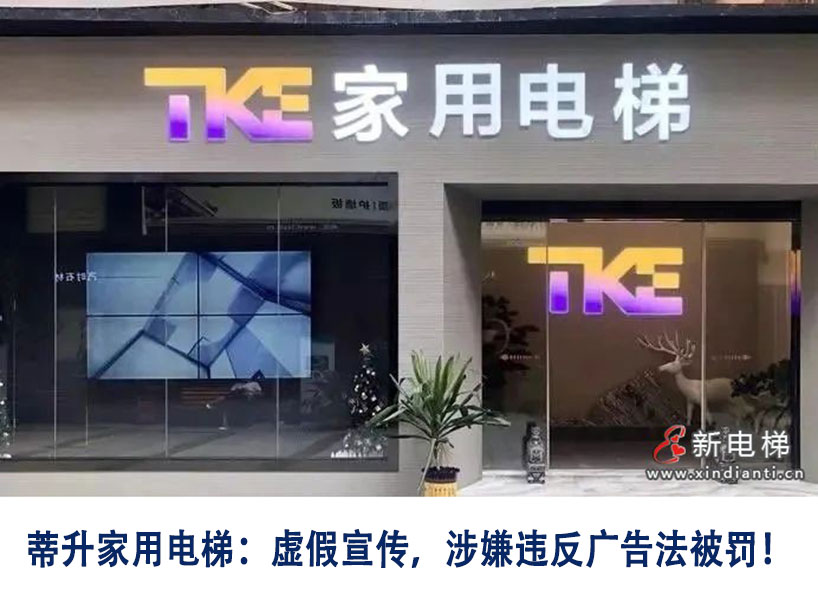一般的,在家中安装电梯是奢侈的行为,对于轮椅人群除外。现在,人们意识到住宅电梯有很大帮助,对于长时间在家里的老人来说更是如此。
住宅电梯为两层及以上住宅而设,并且一般都用升降电梯。电梯可以帮助人们从车库里进入家中。
电梯对比升降机
“住宅电梯”是升降机的普遍叫法,可以在垂直距离15米范围内活动,通常比升降机贵,能配备各种型号的平台,起始价大约在20000美元左右。
升降机是可以在垂直距离2.45米范围内活动的装置,价格较便宜,从15000美元到30000美元不等,或者根据型号定价。
升降机类型
升降机有三种类型:垂直型,倾斜型和升降椅。垂直升降机能配备各种的平台,且需装在固定牢靠的基础上(比如浇筑混凝土板),能防雨雪。
倾斜型升降机是在楼梯间运行的装备,轮椅人群使用最多,升降机也会设置座椅供行动不便人群使用,其平台在导轨上移动,导轨被固定在楼梯一侧的墙上。
升降椅设有可移动座位,座位由固定在楼梯一侧墙上的导轨控制移动,升降椅会占用楼梯空间,所以不适合在狭窄楼梯上使用。
设计和安装
住宅电梯和升降机的安装复杂,涉及建筑、结构和电力方面的问题,不是一般装修工可以完成的事情。安装人员,特别是安装过程中需要更改房屋结构或楼梯、火墙的人员要有建筑执照。
在安装之前,电梯商和当地医疗装备供应商会来考察需要安装的房屋决定安装电梯或升降机的型号。用户最好请一位保健专业人员,譬如专业医师来帮助确认设备是否会满足用户现在未来的需求。
请记住住宅电梯和升降机的安装维修需要专业人员,最好购买声誉好的商家的产品,并签订维修协议。
Give your home a lift with a residential elevator
Traditionally, an elevator or lift in a private residence has been viewed as an expensive luxury, exclusively for wheelchair users. Now, people recognize that residential lifts and elevators can benefit many people — particularly seniors who want to remain in their homes despite loss of mobility, strength and agility.
Lifts and residential elevators are typically used when the vertical gap between two or more floor levels is significant and there is not enough space to construct a ramp. Lifts are also frequently used outside residences and in garages for access from the exterior ground level into the house if there is not enough space for a ramp or if a resident or caregiver cannot negotiate a ramp.
Lifts vs. elevators
"Residential elevator" is the commonly used term for a lift that is enclosed in a shaft and can travel vertically as much as 15 m (49 ft.). They can be equipped with platforms of various sizes. Usually more expensive than a lift, the cost of a residential elevator starts at around $20,000.
A lift is an elevating device that can travel up and down as much as 2.45 m (8 ft.). Lifts are generally a less expensive option, ranging in price between around $3,000 and $15,000 or more depending on the type of lift installed.
Types of lifts
There are three main types of lifts: vertical platform, inclined platform and stair-chair lift. A vertical platform lift can be equipped with platforms of various sizes and must be securely mounted on a solid and stable base (typically a poured-concrete slab), sheltered to protect users from rain and away from areas where drifting snow can accumulate.
Inclined platform lifts have a platform that moves up and down over an existing stairway. They are used mostly by people who use wheelchairs, but some models come with a fold-down seat for people who have difficulty using stairs. The platform is typically supported by rails that are mounted to a wall on one side of the staircase.
Stair-chair lifts consist of a seat that travels up and down a stairway. The seat runs on a track or rails mounted either on the surface of the stairs or on an adjacent wall. If a stair-mounted track is used, it reduces the usable width of the stairs so it may not be suitable on narrow staircases.
Design and installation
The design of a lift or residential elevator installation is complex, involving architectural, structural and electrical elements. It is not a project to be tackled by a handyman. You will also likely need a building permit, especially if the installation requires structural changes to the house or affects safety systems such as stairs or fire separations.
Before choosing a lift or residential elevator, the manufacturer or a local medical equipment supplier will visit your home and make recommendations about the feasibility of different types of equipment. It's always a good idea to have a health professional, such as an occupational therapist, present for the site visit to ensure that the type of device being recommended will meet your current and future needs.
Keep in mind that lifts and residential elevators need regular servicing and maintenance, which should be done by an expert. It's probably worthwhile to purchase a maintenance contract from a reputable supplier.

 恒达富士电梯
恒达富士电梯 森赫电梯
森赫电梯 西柏思
西柏思 康力电梯
康力电梯 巨龙电梯
巨龙电梯 莱茵电梯
莱茵电梯 江南嘉捷电梯
江南嘉捷电梯 升华电梯
升华电梯 奥的斯电梯
奥的斯电梯 远大智能博林特电梯
远大智能博林特电梯 开门红〡远大集团双月斩获13.6亿新订单,销售铁军全球攻坚战果累累
开门红〡远大集团双月斩获13.6亿新订单,销售铁军全球攻坚战果累累 恒达富士电梯2025年总结大会暨感恩答谢晚宴圆满举行
恒达富士电梯2025年总结大会暨感恩答谢晚宴圆满举行 恒达富士电梯2024年大事记
恒达富士电梯2024年大事记 智慧创新 砥砺前行 新电梯网电梯智能制造、更新改造新年座谈会在佛山成功举办
智慧创新 砥砺前行 新电梯网电梯智能制造、更新改造新年座谈会在佛山成功举办 LINVOL领沃无障碍计划全国点亮行动正式启动
LINVOL领沃无障碍计划全国点亮行动正式启动 沙特海湾博林特合资工厂正式启航! | 博林特电梯,践行“走出去”策略,彰显“中国制造”实力
沙特海湾博林特合资工厂正式启航! | 博林特电梯,践行“走出去”策略,彰显“中国制造”实力 为国庆献礼 | 博林特电梯270台单次发货新记录,向世界展现中国制造力量!
为国庆献礼 | 博林特电梯270台单次发货新记录,向世界展现中国制造力量! 中国经济的信心丨升华电梯坚定走好国际化企业集团之路
中国经济的信心丨升华电梯坚定走好国际化企业集团之路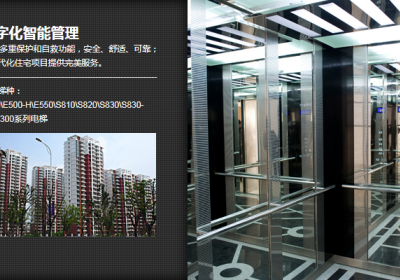 江南嘉捷电梯-电梯系列
江南嘉捷电梯-电梯系列 苏州莱茵电梯
苏州莱茵电梯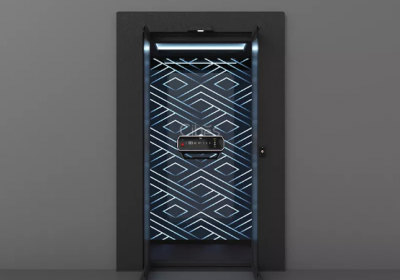 西柏思V70 不带井道轿厢式电梯星际版,豪华轿厢电梯
西柏思V70 不带井道轿厢式电梯星际版,豪华轿厢电梯 恒达富士电梯2019廊坊展台
恒达富士电梯2019廊坊展台 2023中国电梯展-康力电梯
2023中国电梯展-康力电梯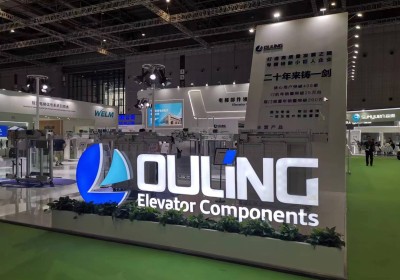 2023中国电梯展-宁波欧菱
2023中国电梯展-宁波欧菱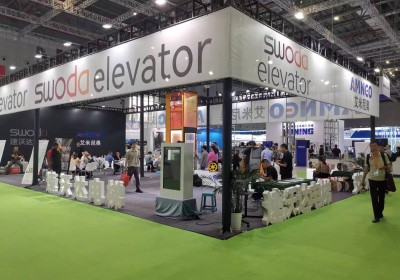 2023中国电梯展-艾米尼奥
2023中国电梯展-艾米尼奥 2023中国电梯展-伟邦科技
2023中国电梯展-伟邦科技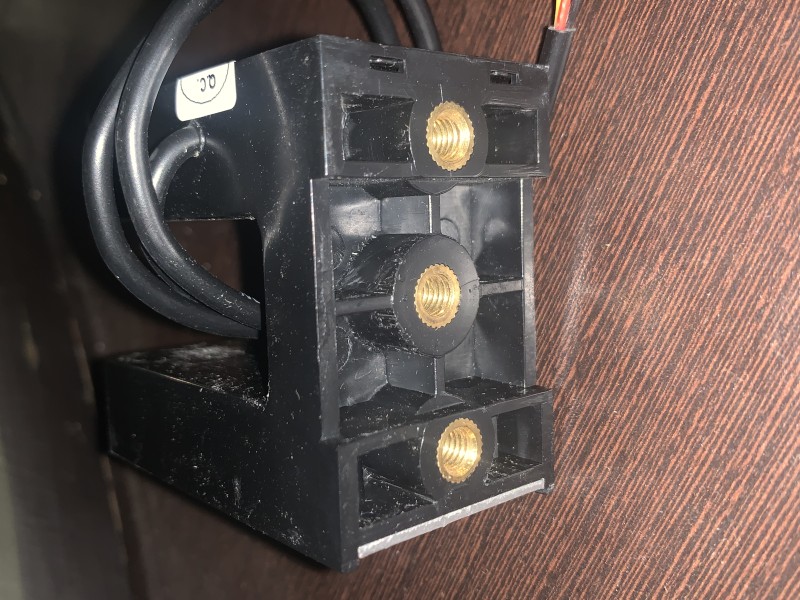 平层开关
平层开关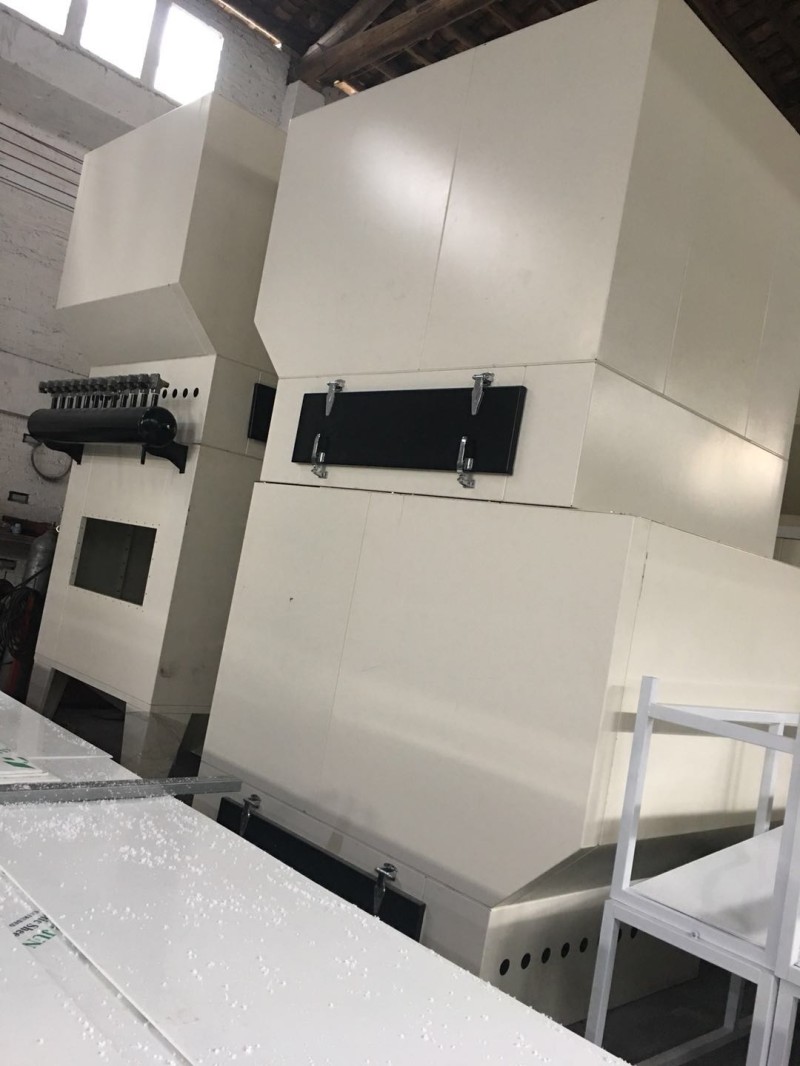 钣金加工,不锈钢加工,涂装设备,激光切割,五金加工
钣金加工,不锈钢加工,涂装设备,激光切割,五金加工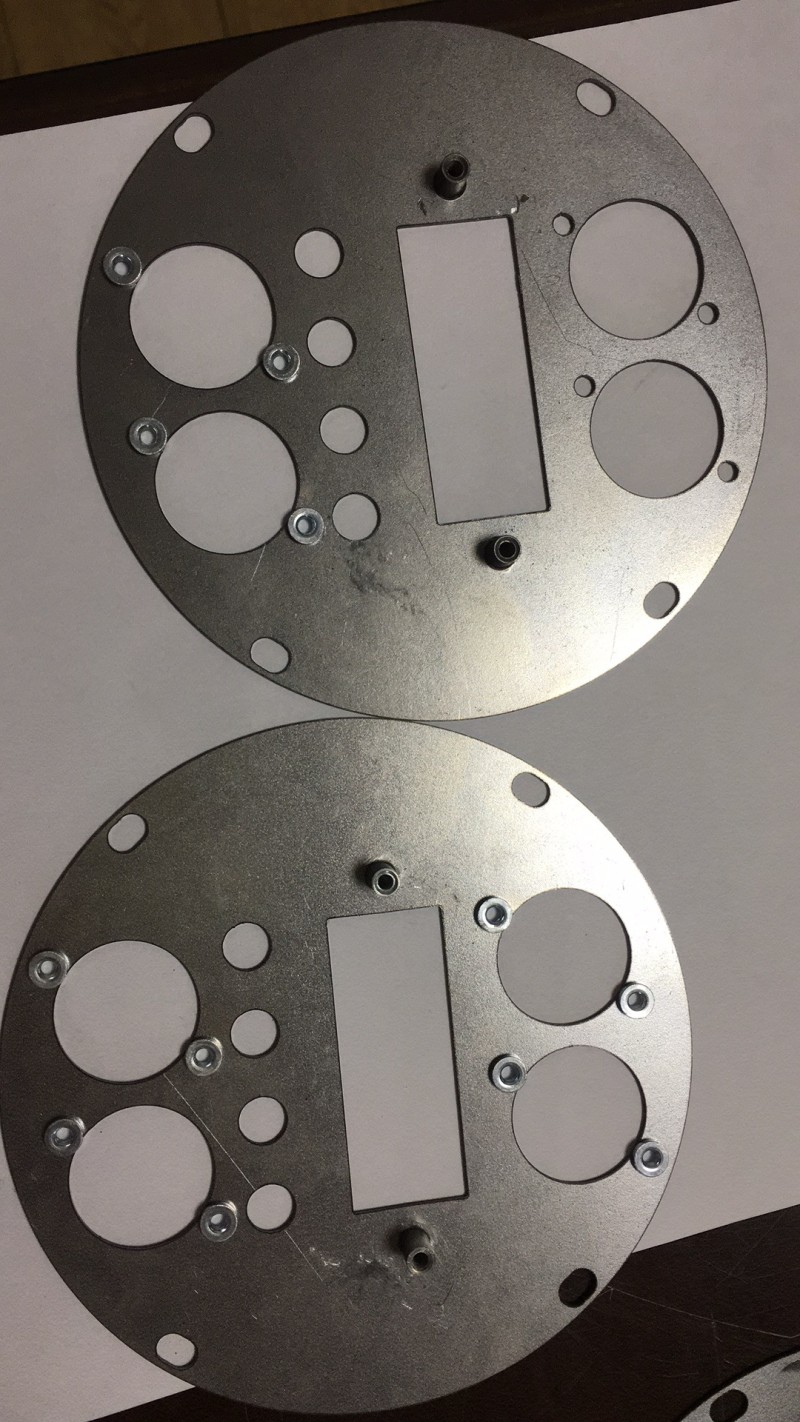 电梯配件,五金加工,激光切割,钣金加工,涂装设备
电梯配件,五金加工,激光切割,钣金加工,涂装设备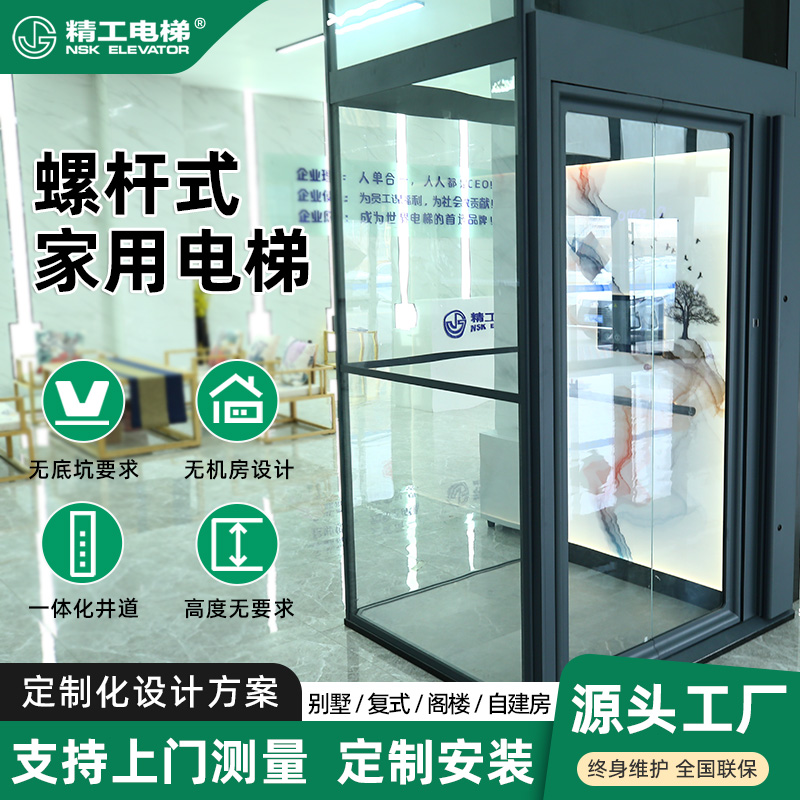 山东精工家用别墅电梯|载货电梯|乘客电梯|医用电梯|观光电梯
山东精工家用别墅电梯|载货电梯|乘客电梯|医用电梯|观光电梯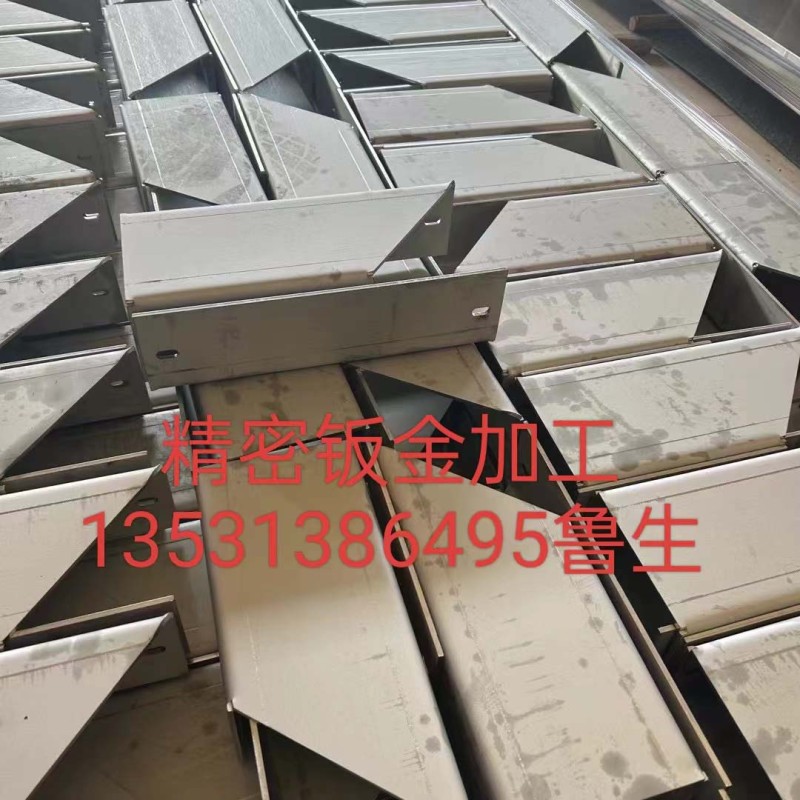 电梯配件,涂装设备,激光切割,五金加工
电梯配件,涂装设备,激光切割,五金加工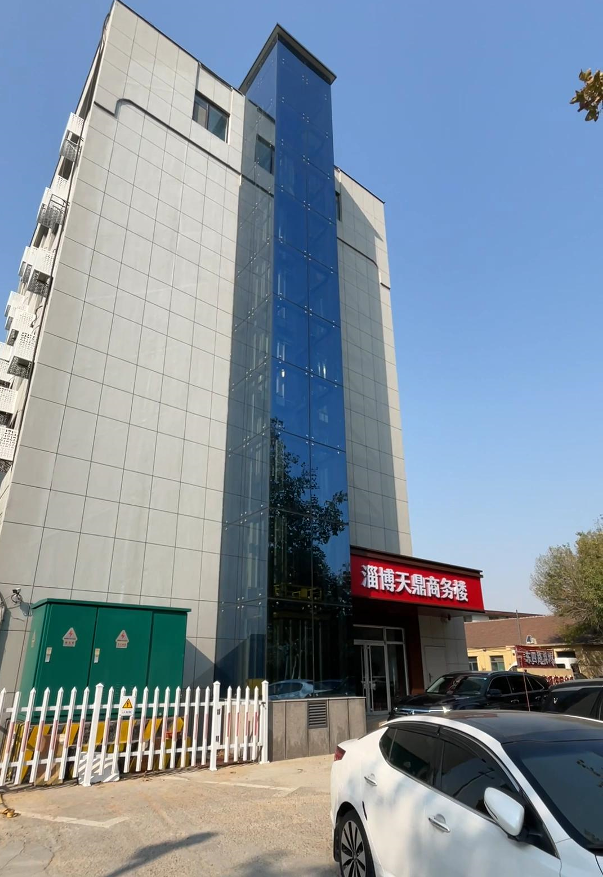 电梯安装,电梯加装,别墅电梯,家用电梯,淄博电梯
电梯安装,电梯加装,别墅电梯,家用电梯,淄博电梯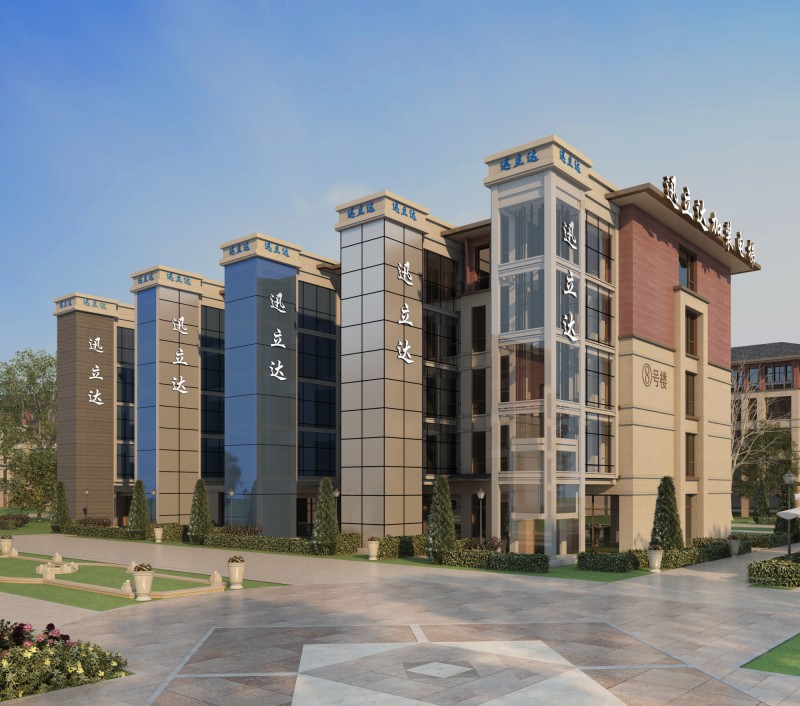 加装电梯
加装电梯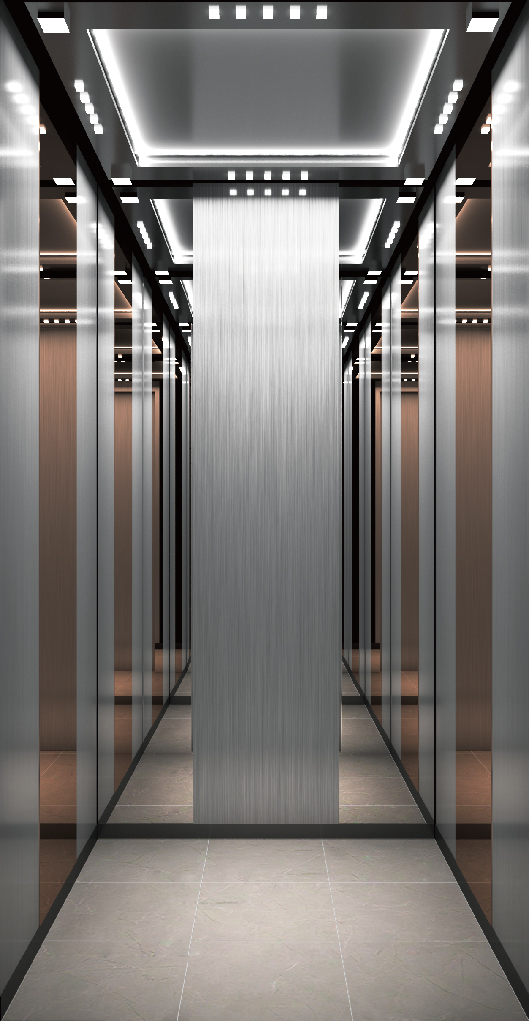 乘客电梯
乘客电梯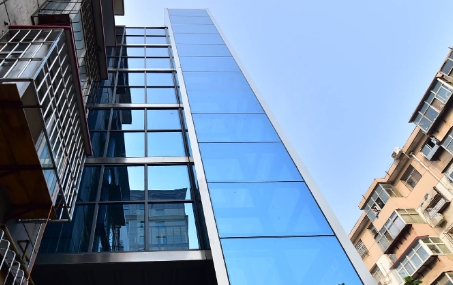 加装电梯外玻璃
加装电梯外玻璃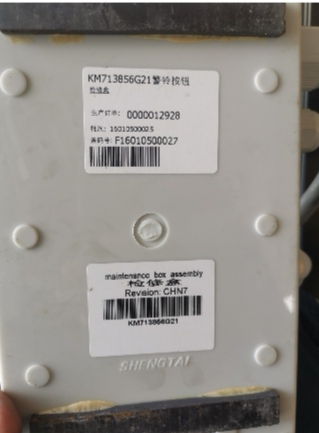 警铃按钮检修盒
警铃按钮检修盒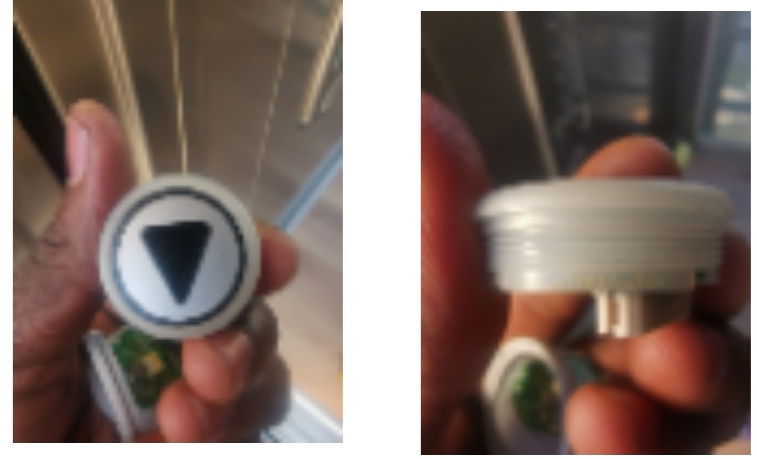 通力电梯配件圆形按钮2G02 J80
通力电梯配件圆形按钮2G02 J80 通力电梯配件点阵外呼显示板
通力电梯配件点阵外呼显示板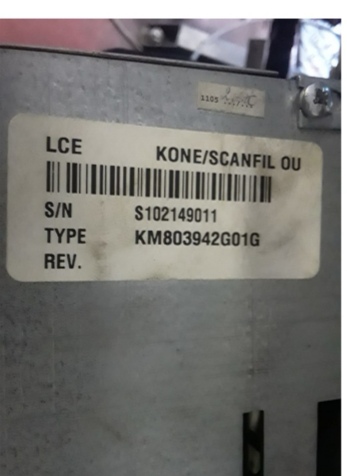 通力电梯配件抱闸模块
通力电梯配件抱闸模块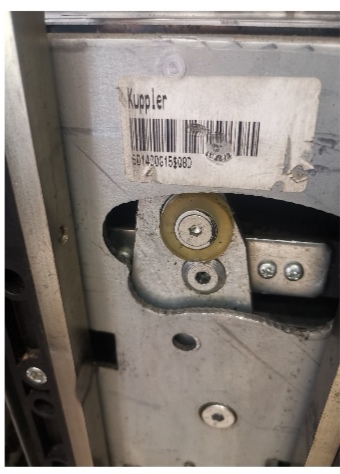 通力电梯配件
通力电梯配件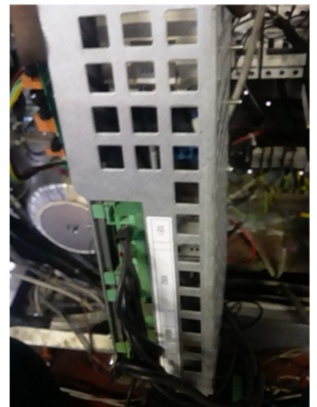 通力电梯配件
通力电梯配件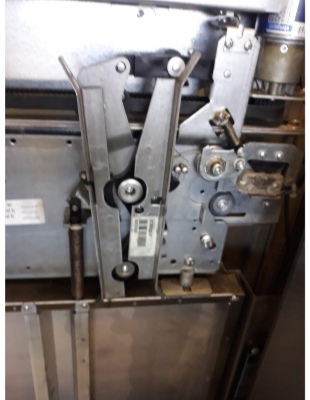 通力电梯配件门刀
通力电梯配件门刀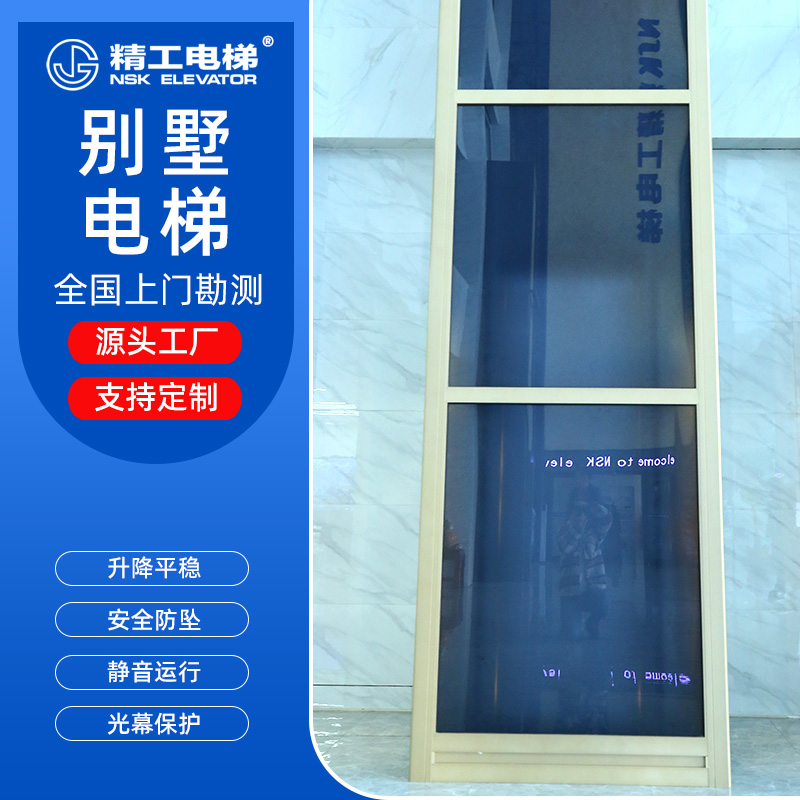 液压家用电梯室内外小型观光液压电梯二层三四层别墅电梯
液压家用电梯室内外小型观光液压电梯二层三四层别墅电梯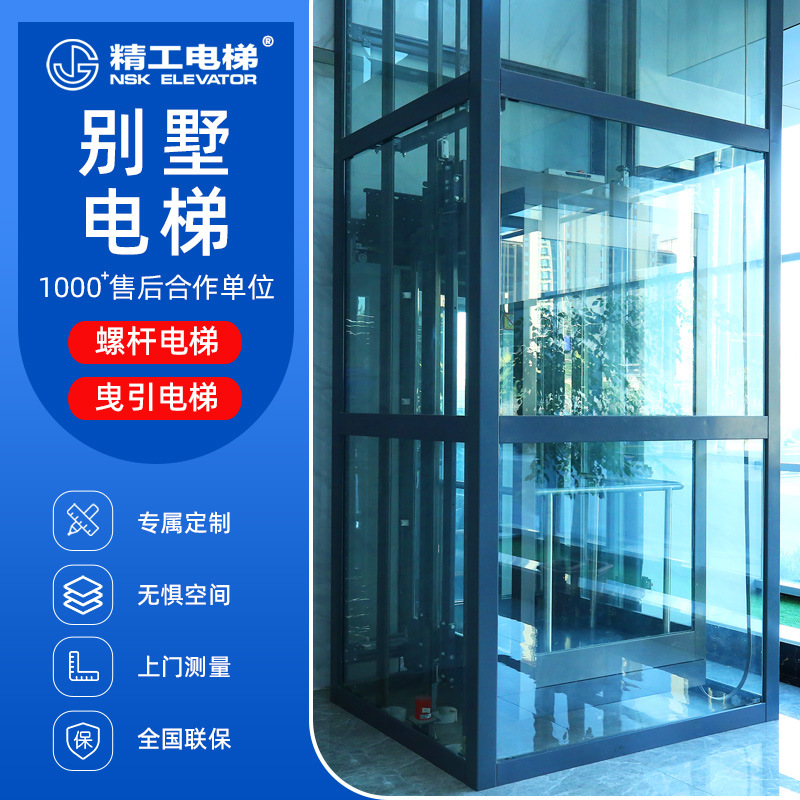 家用别墅电梯 厂家直供 无机房曳引电梯小型二三四五层复式阁楼电梯
家用别墅电梯 厂家直供 无机房曳引电梯小型二三四五层复式阁楼电梯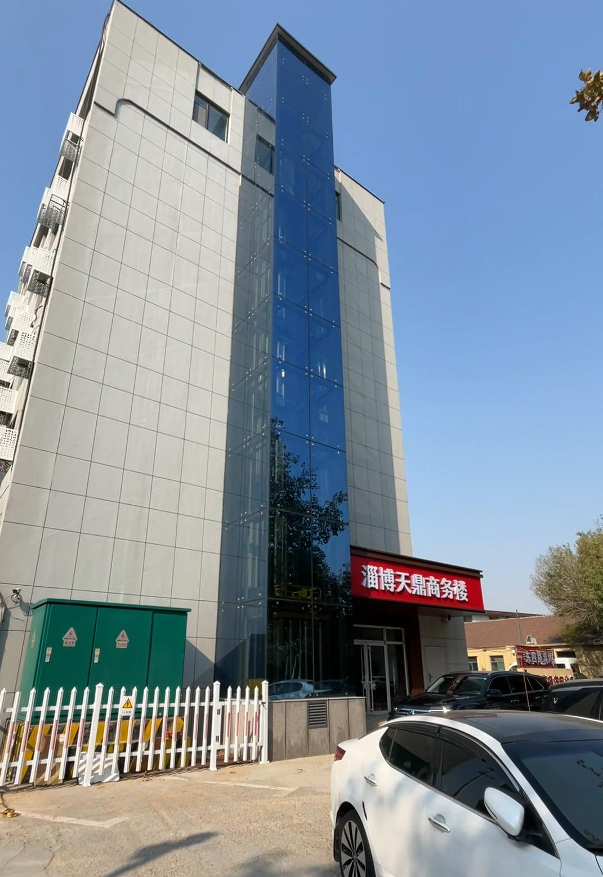 电梯安装,电梯加装,别墅电梯,家用电梯,淄博电梯
电梯安装,电梯加装,别墅电梯,家用电梯,淄博电梯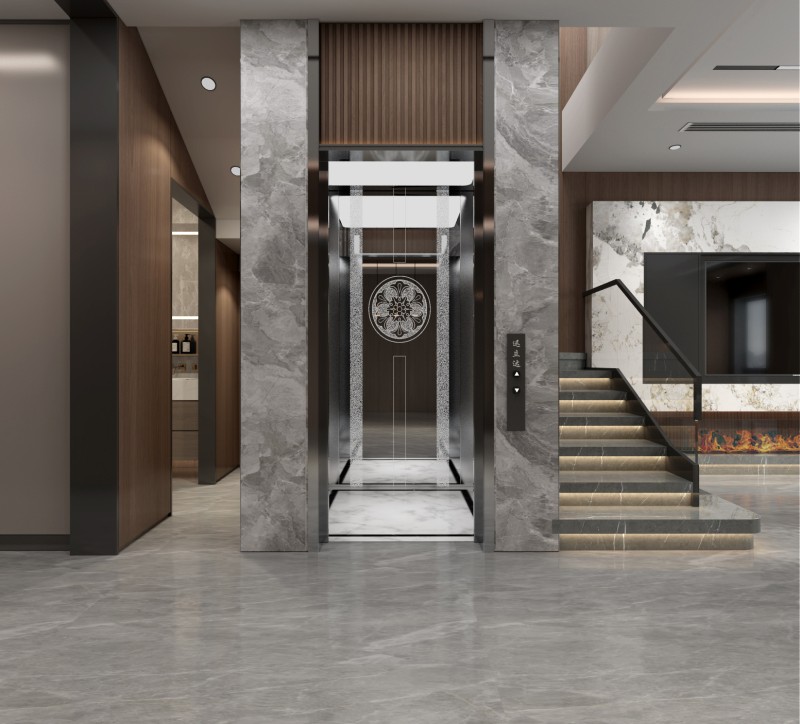 别墅电梯
别墅电梯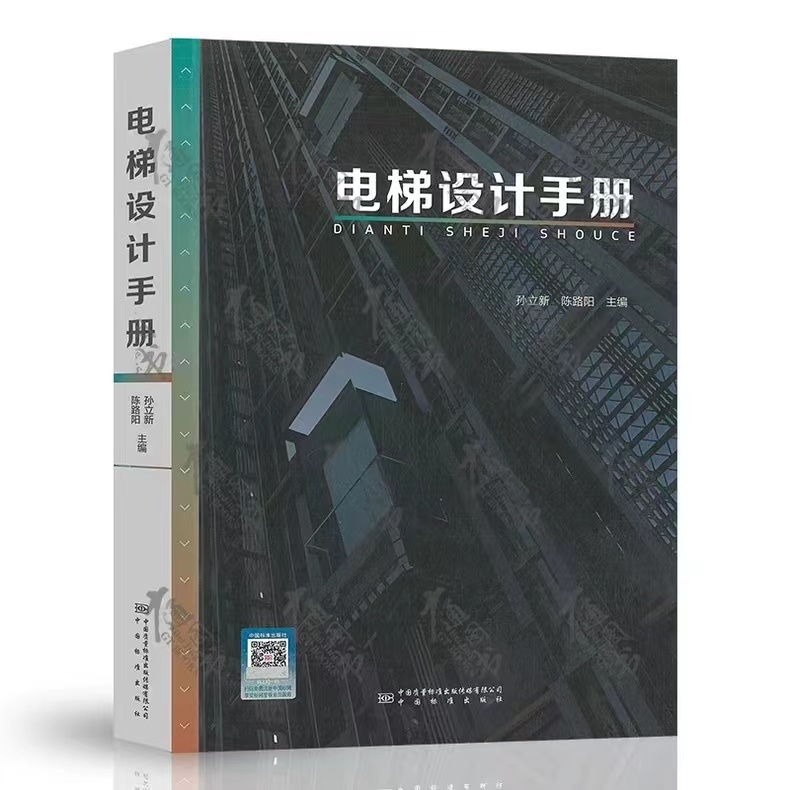 电梯设计手册
电梯设计手册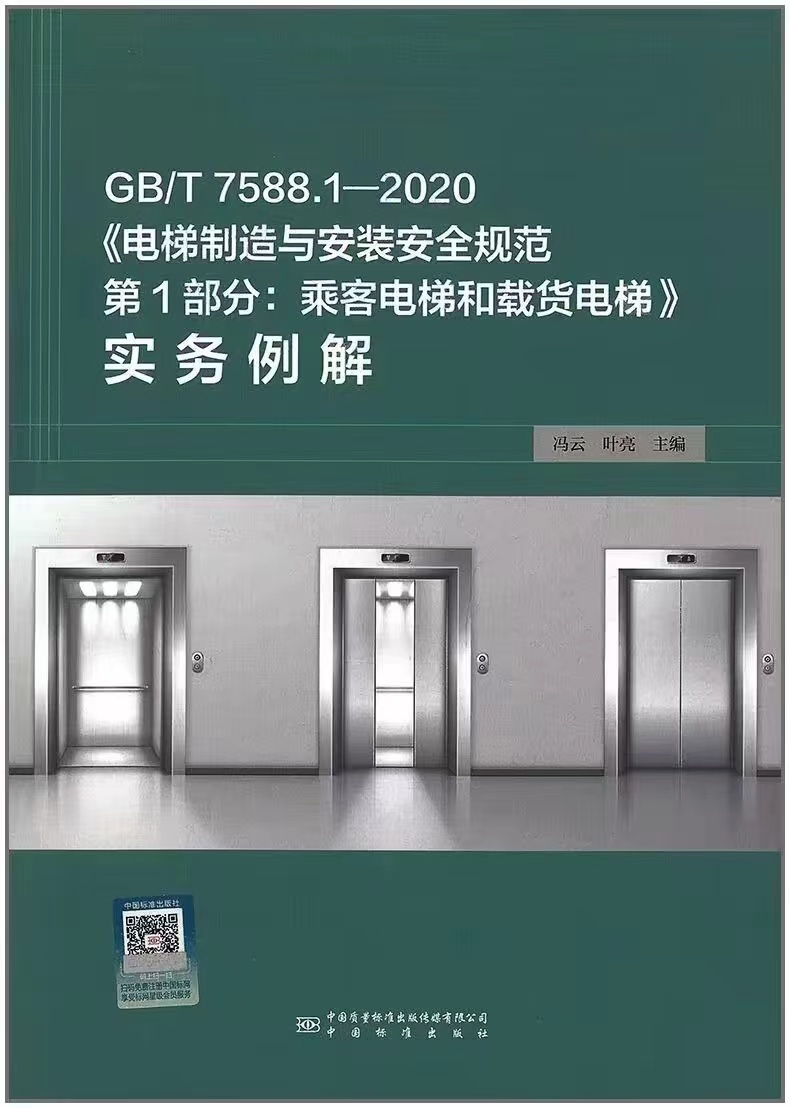 《电梯制造与安装安全规范第1部分:乘客电梯和载货电梯》
《电梯制造与安装安全规范第1部分:乘客电梯和载货电梯》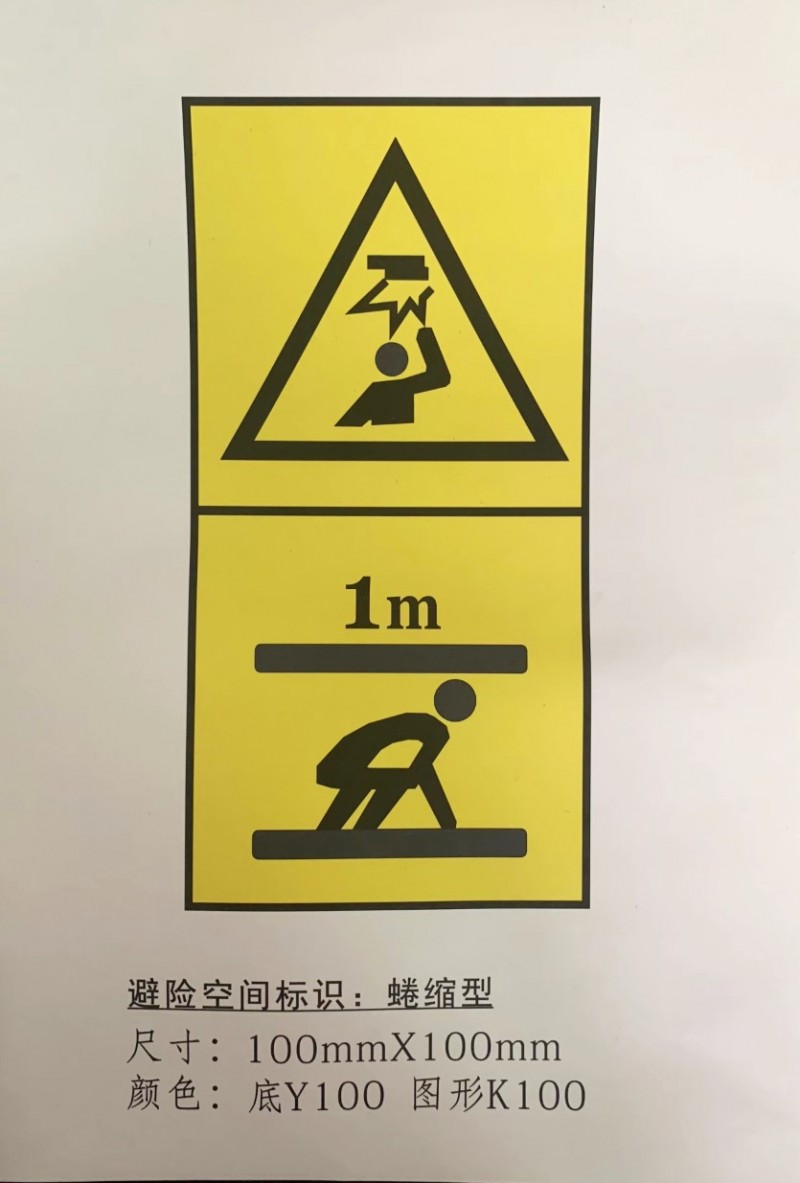 新安全标识躺下型蜷缩型站立型对重缓冲器最大允许距离不干胶
新安全标识躺下型蜷缩型站立型对重缓冲器最大允许距离不干胶

